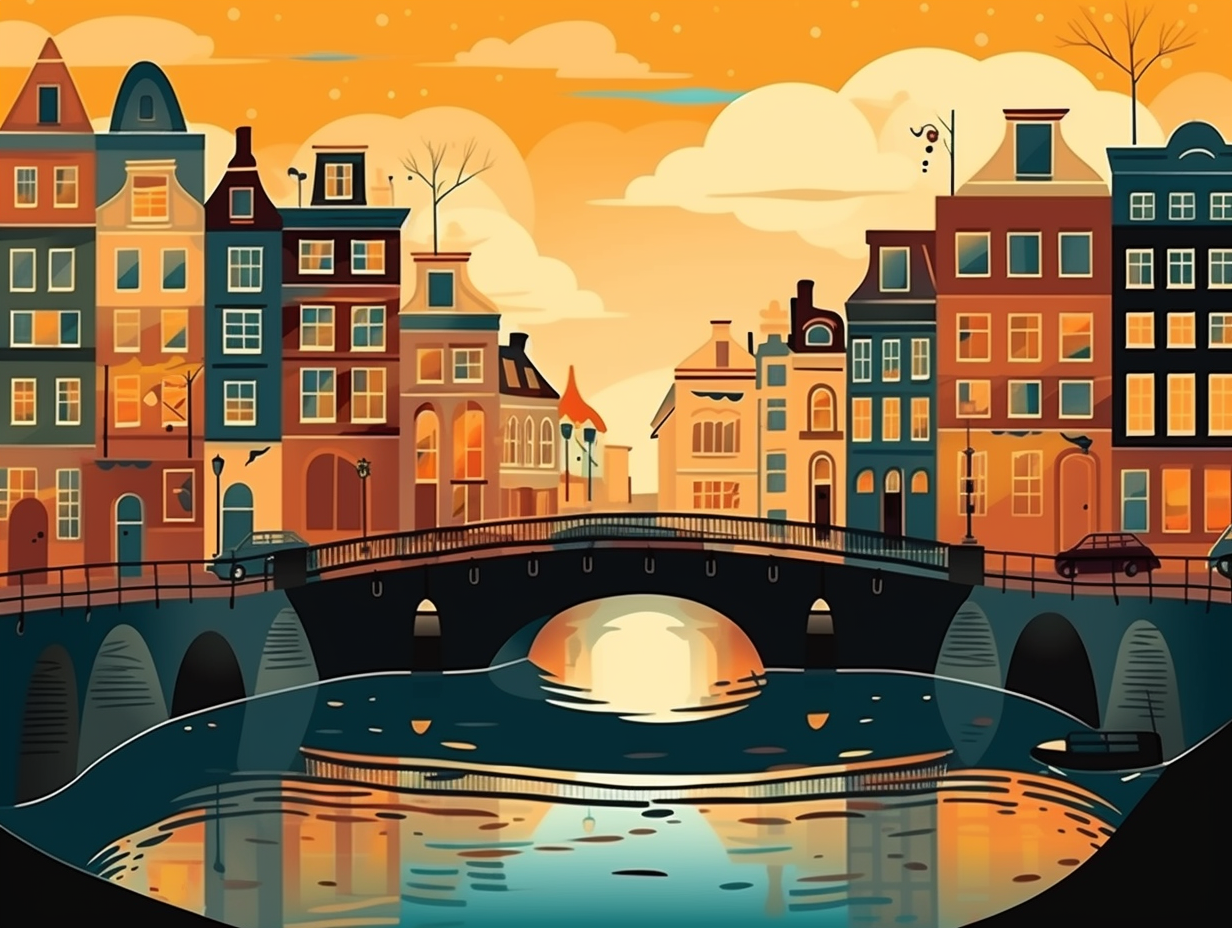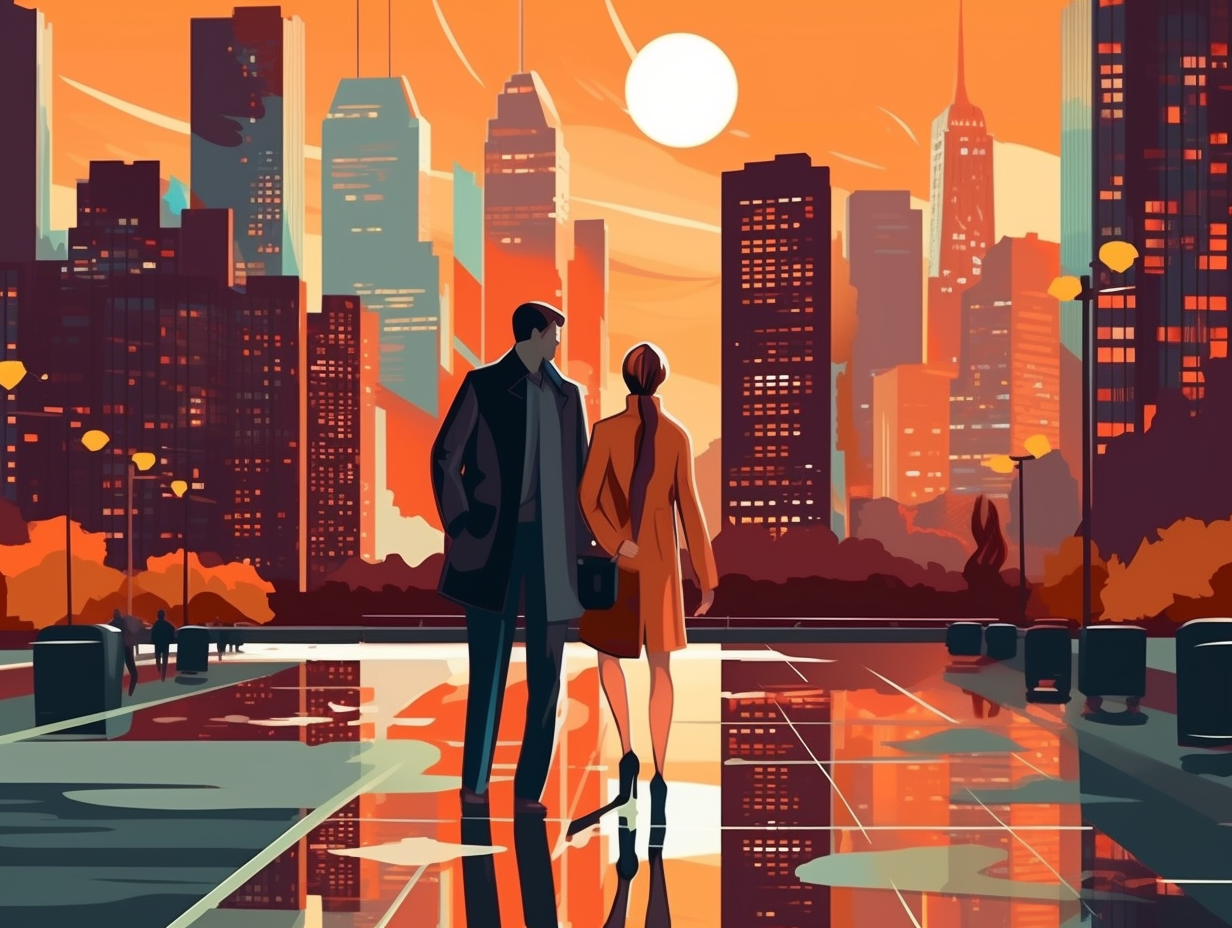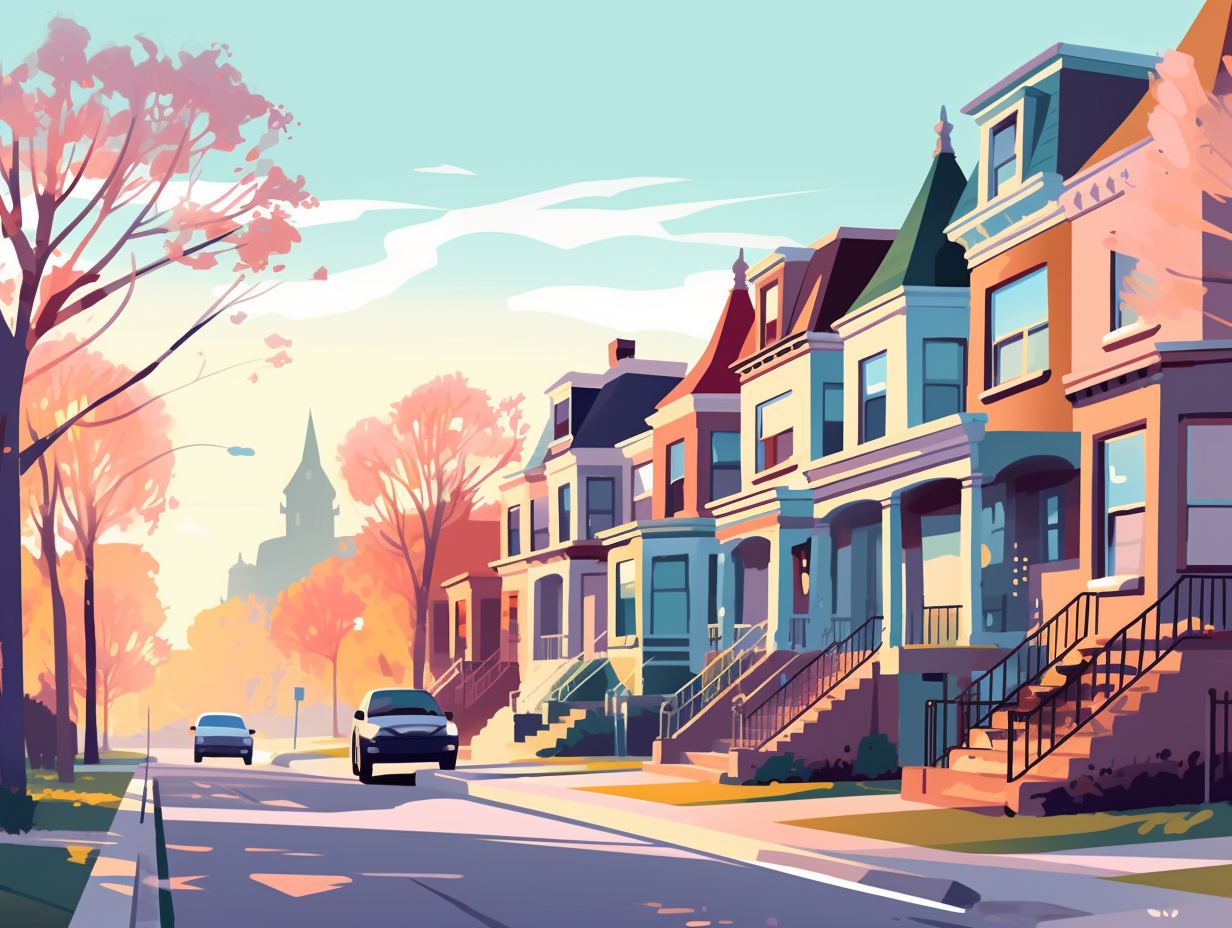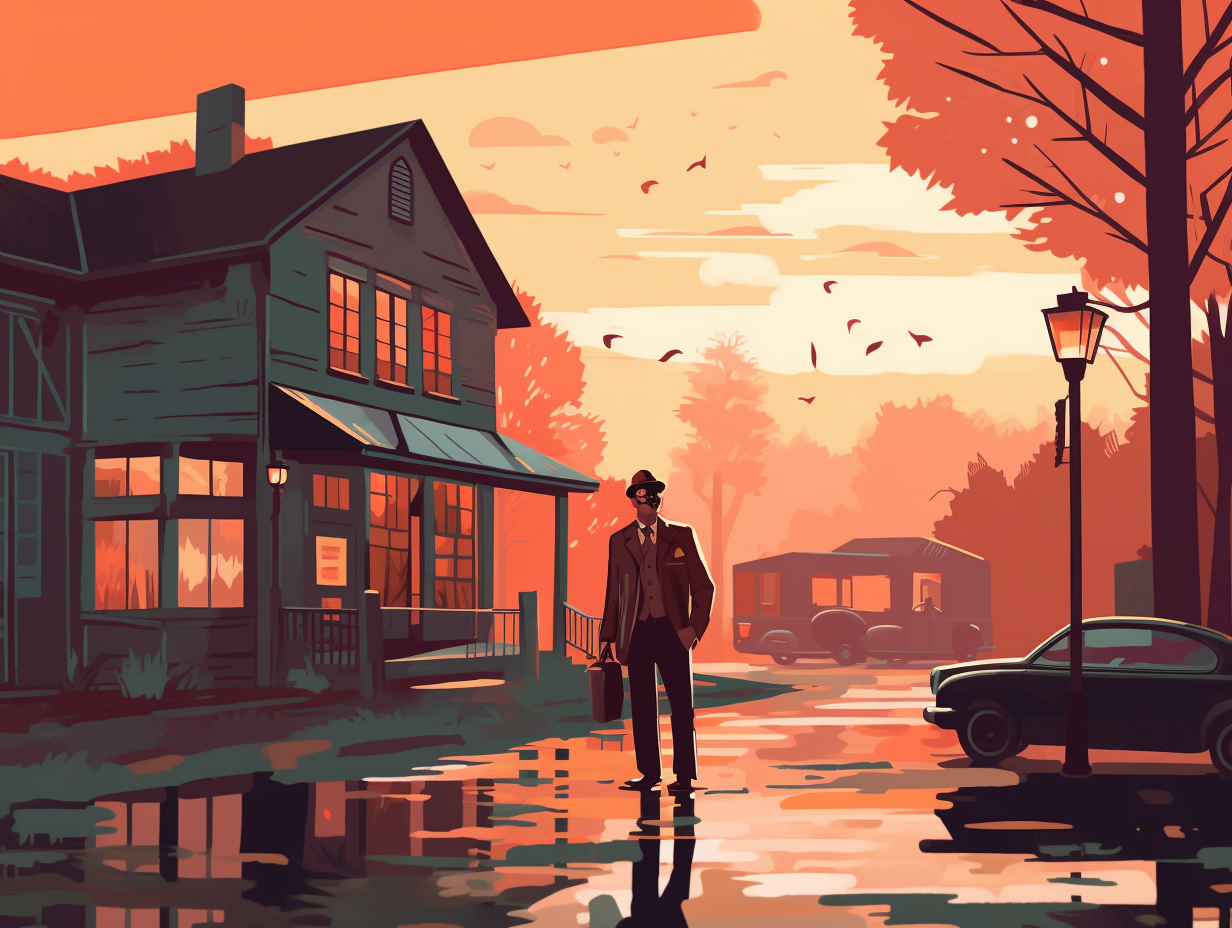Discover the Charm of France: Top 12 Fun and Fascinating Facts about Lyon You Can't Miss!
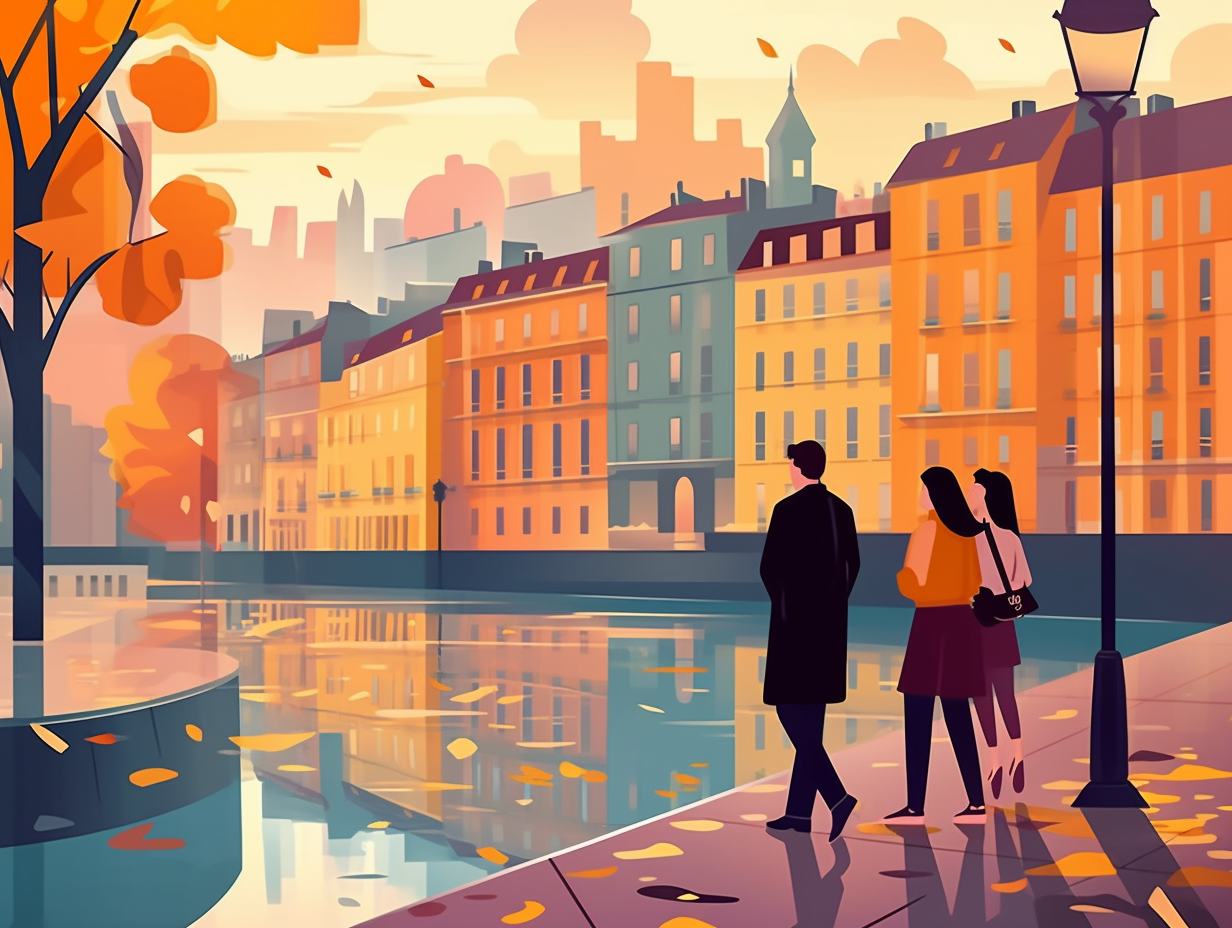
1. Jedi Basilica
On a hill far, far away – where Lyon's majestic Basilique Notre-Dame de Fourvière patiently awaits to charm your pants off like a Jedi of historical architecture: E-bike your way up the Fourvière Hill on a ComhiC tour and be rewarded with 20 minutes of jaw-dropping amazement at this basilica that oversees the city with the grace of a noble Jedi Master.
Source => tripadvisor.com
2. Miniature Cinema Magic
Lights, camera, small-scale action: Lyon's Miniature and Cinema Museum is a treasure trove filled with props and costumes from cinematic favorites like Terminator 2, X-Men, and even the spellbinding Harry Potter, complete with a glimpse behind the magic curtain of filmmaking and a chance to gawk at astonishingly realistic miniatures on the top floor.
Source => tripadvisor.com
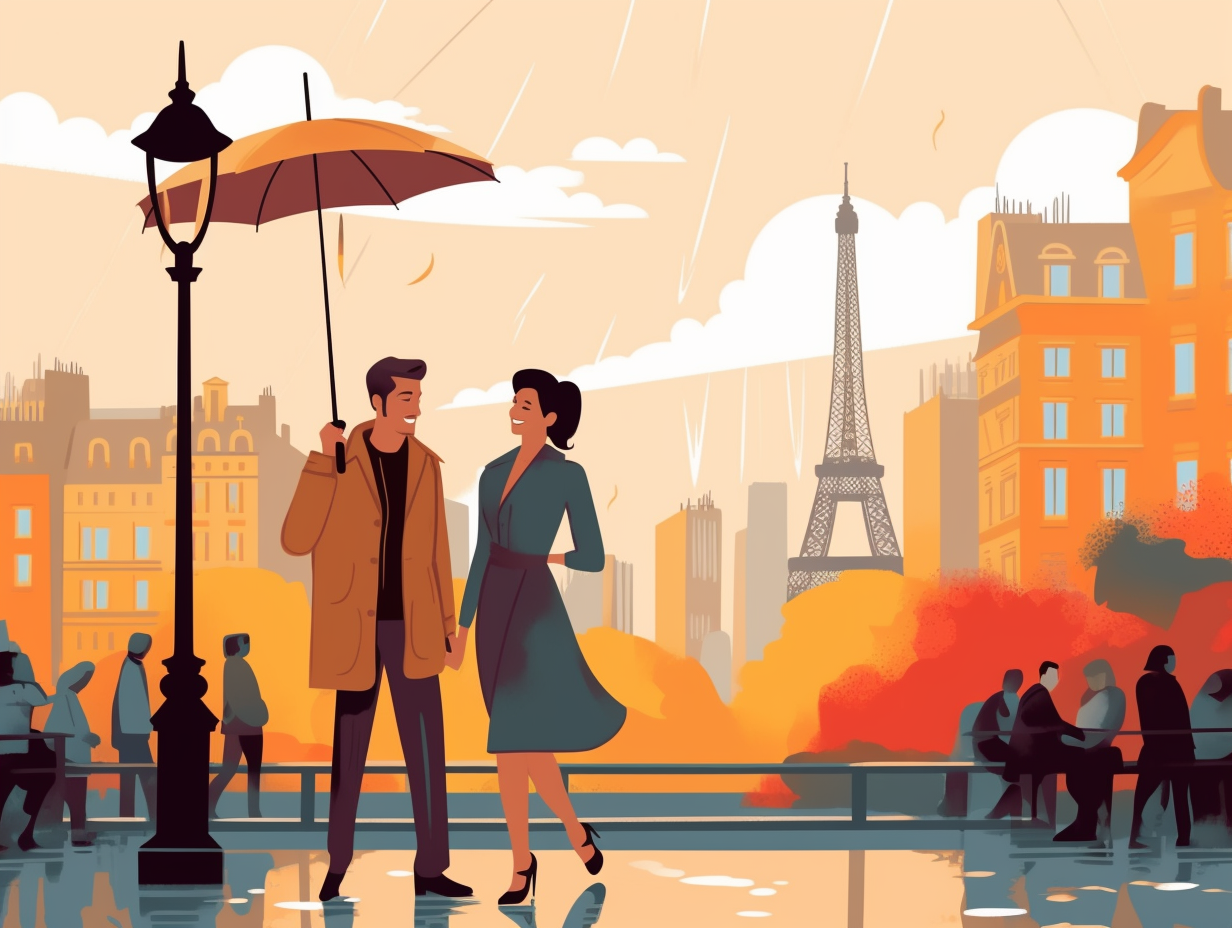
Did you know that Paris' open-air urinals played a crucial role in World War II? Discover how these unassuming lavatories became secret communication hubs for the French Resistance! 🕵️♂️💬🚽
=> Fun Facts about Paris
3. French Harry Potter's Traboules
Ever tried to traverse a city through hidden corridors and stairwells like a 19th-century French Harry Potter? Lyon's got your back: Boasting over 400 secretive "traboules," these passageways played a key role in transporting silk workers during the 1800s, fostering cunning rendezvous for the French Resistance in WWII, and launching covert attacks during the Canut revolts—with more than 50 still open for adventurous muggles keen to experience a historical magical mystery tour.
Source => nationalgeographic.com
4. UNESCO Party Crashers
In a city where ancient architecture decided to throw a rager, and UNESCO crashed the party as the designated driver: Lyon houses several World Heritage sites, including the historical district of Vieux Lyon, the Roman theater and odeon, and the stunning Basilica of Notre-Dame de Fourvière.
Source => nationalgeographic.com
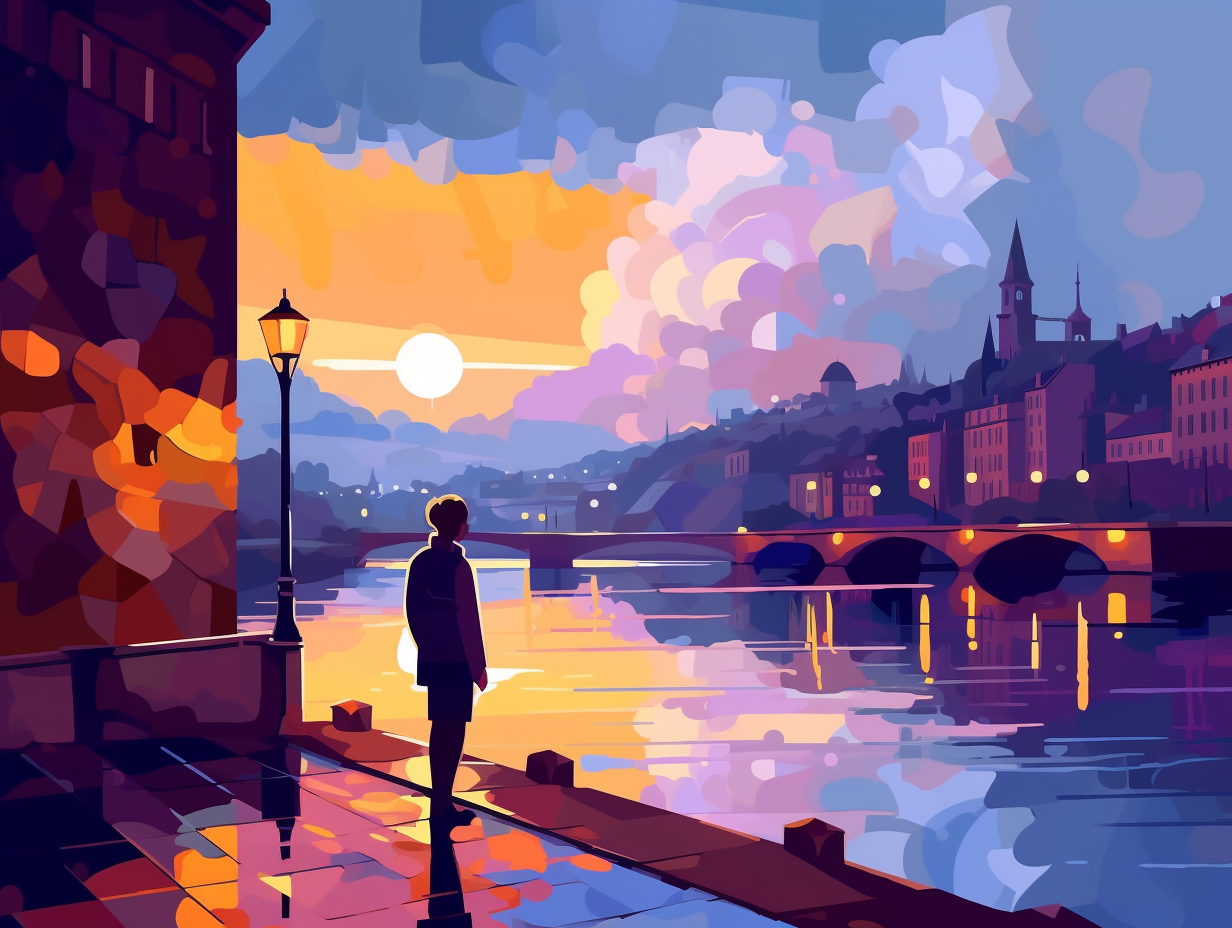
5. Olympique Lyonnais' Hidden Hues
Feeling a bit blue or red with envy? No need to be white as a sheet, for we're about to unmask the secret hues laying low in Lyon's football scene: Olympique Lyonnais' crest boasts elegant colors of red PANTONE 2035C, blue PANTONE 7687C, and white PANTONE P 1-1C, while the "golden" embellishment actually hails from PANTONE 4025C, proving that not all that glitters is gold in the world of sporty designs!
Source => teamcolorcodes.com
6. Swiss Guard Clock
Ever wondered what time the angelic Swiss Guard clocks in and out of work? Look no further than Lyon's Cathédrale Saint-Jean: This historical marvel houses one of Europe's oldest astronomical clocks from the 14th century, which not only tells time but also showcases the celestial positioning of the moon, sun, and stars. As a bonus, when the clock strikes, nine tiny angels play bells and a Swiss Guard comes to life, swiftly circling the clock and saluting. Despite its age and charm, the clock is currently on a celestial hiatus since June 2017.
Source => atlasobscura.com
7. Festival of Lights Origin
Once upon a time in Lyon, a city described as the Frankenstein creation of Paris and Vegas: the residents saw the Virgin Mary’s blue light special and lit up their windows with glowing candle sales. Alas, this was the birth of the Festival of Lights in 1852, where the people of Lyon illuminated their windows with thousands of lumignons to honor the inauguration of a Virgin Mary statue on Fourvière hill, eventually evolving into a massive light display created by talented artists from around the world.
Source => france.fr
8. Roman Diva Theatre
What do you call a 2000-year-old stage that isn't giving up the spotlight? A Roman diva! Behold, the Ancient Theatre of Fourvière: Erected around 15 BC with a 108-meter diameter and seating capacity for 10,000 people, this impressive monument remains one of the largest Roman theatres in France. Far from retiring, the theatre hosts the annual Nuits de Fourvière festival and proudly flaunts its status as a part of Lyon's UNESCO World Heritage Site-listed historic center.
Source => en.wikipedia.org
9. Lyon's Eiffel Tower Doppelgänger
Lyon's very own Eiffel Tower impersonator takes method acting to new heights: The Tour métallique de Fourvière, built three years after its famous Parisian doppelgänger, stands at 85.9 meters (282 feet) and weighs 210 tons, but was designed by a local firm instead of Gustave Eiffel. Originally an observation tower until 1953, it now serves as a television tower and dominates Lyon's skyline at 372 meters (1220 feet).
Source => en.wikipedia.org
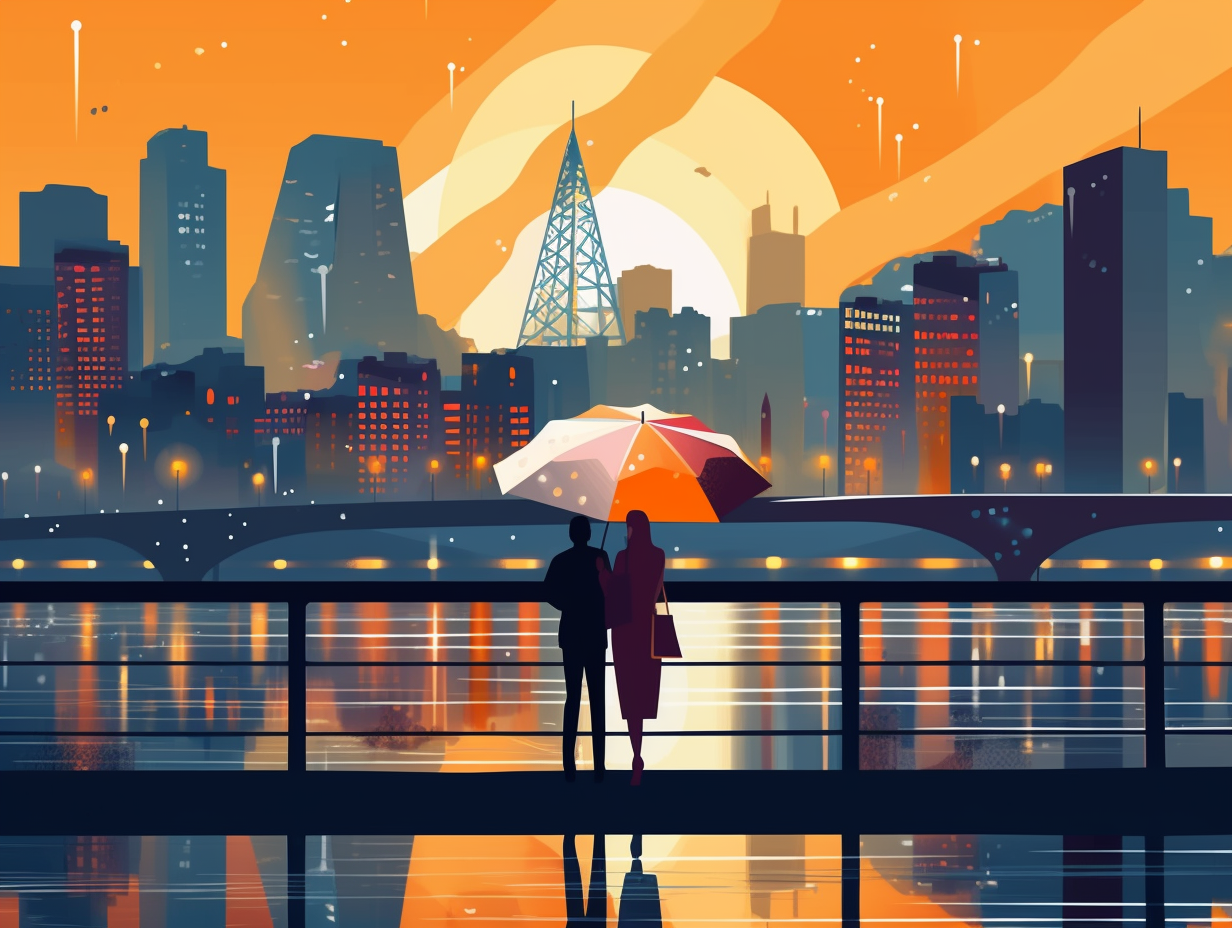
10. Open-Air Art Gallery
In Lyon, the streets are filled with whispers of paintbrushes and chattering color palettes, as 150 mysterious murals have sprung up, turning the city into the world's largest open-air art gallery: The walls of Lyon showcase an incredible collection of murals, mostly created by CitéCréation, with the whopping 800-square-meter Fresque des Lyonnais as the crowning jewel, depicting 31 local legends like Antoine de Saint Exupéry, the Lumière brothers, and Paul Bocuse.
Source => travel-stained.com
11. Presidential Silk Drapes
Silk so fine, even the White House is draped in Lyon's luxurious threads: The Musée des Tissus in Lyon houses over two million exquisite textiles from the last 4,000 years, celebrating the city's prestigious history as Europe's silk capital for half a millennium, with innovations like the Jacquard loom, and even supplying the White House with its lavish curtains since the 18th century.
Source => thisislyon.fr
12. Minty Fresh Roman Empire
Picture ancient Romans partying like it's 12 BC: coins are flowing and the "mint" never tasted so good, leaving a fresh taste of power in the empire's mouth. Well, "minty freshness" we meant Lyon! In all seriousness, Lyon, known as Lugdunum back in the day, was chosen as the sole location for producing gold and silver coins for the entire Roman Empire due to its prime location between Hispania's mines and the legions on the Rhine and Danube. This financial stronghold remained unbroken until Nero decided it was time to bring change back to Rome in 64 AD.
Source => en.wikipedia.org
Related Fun Facts

